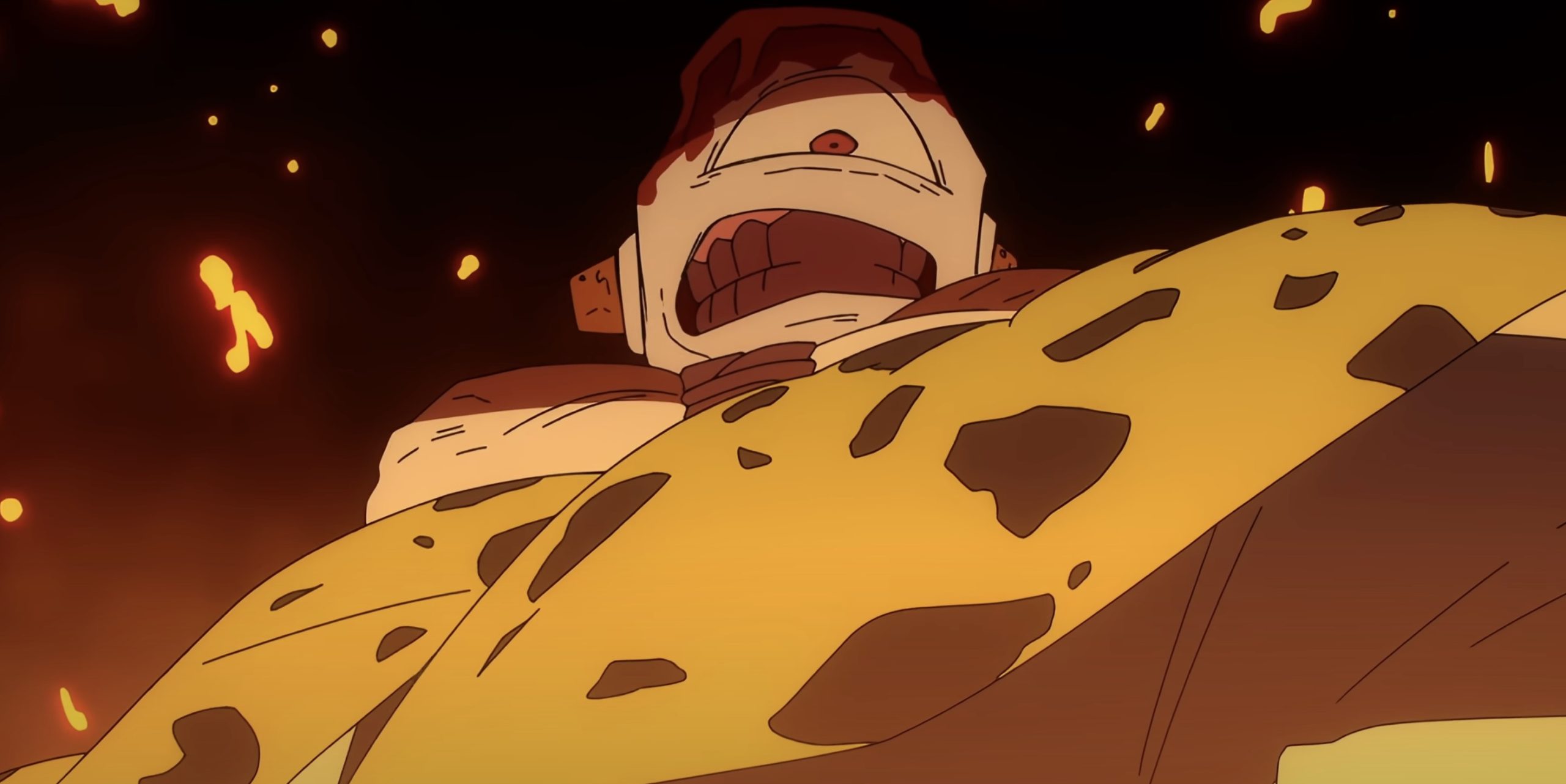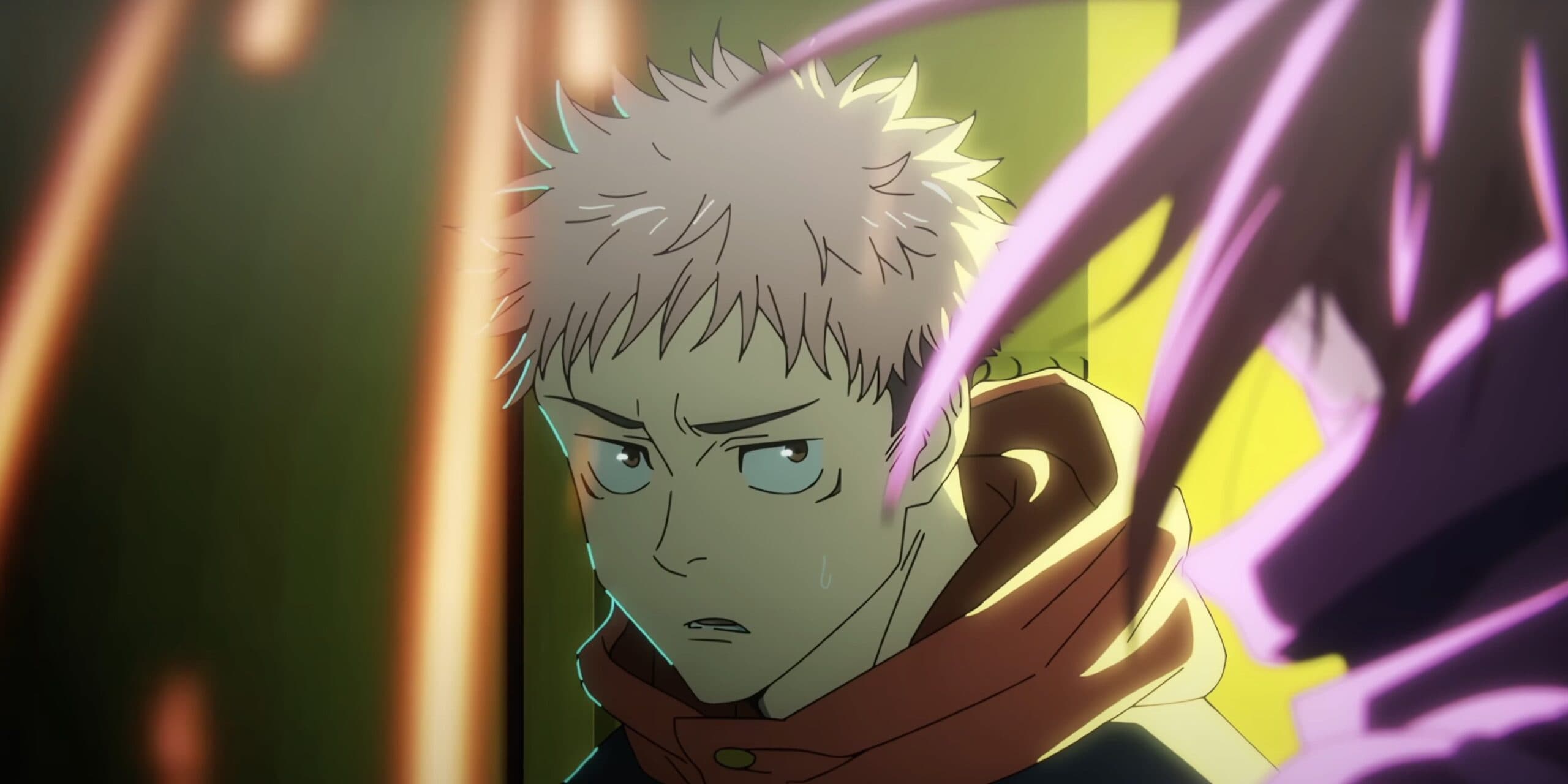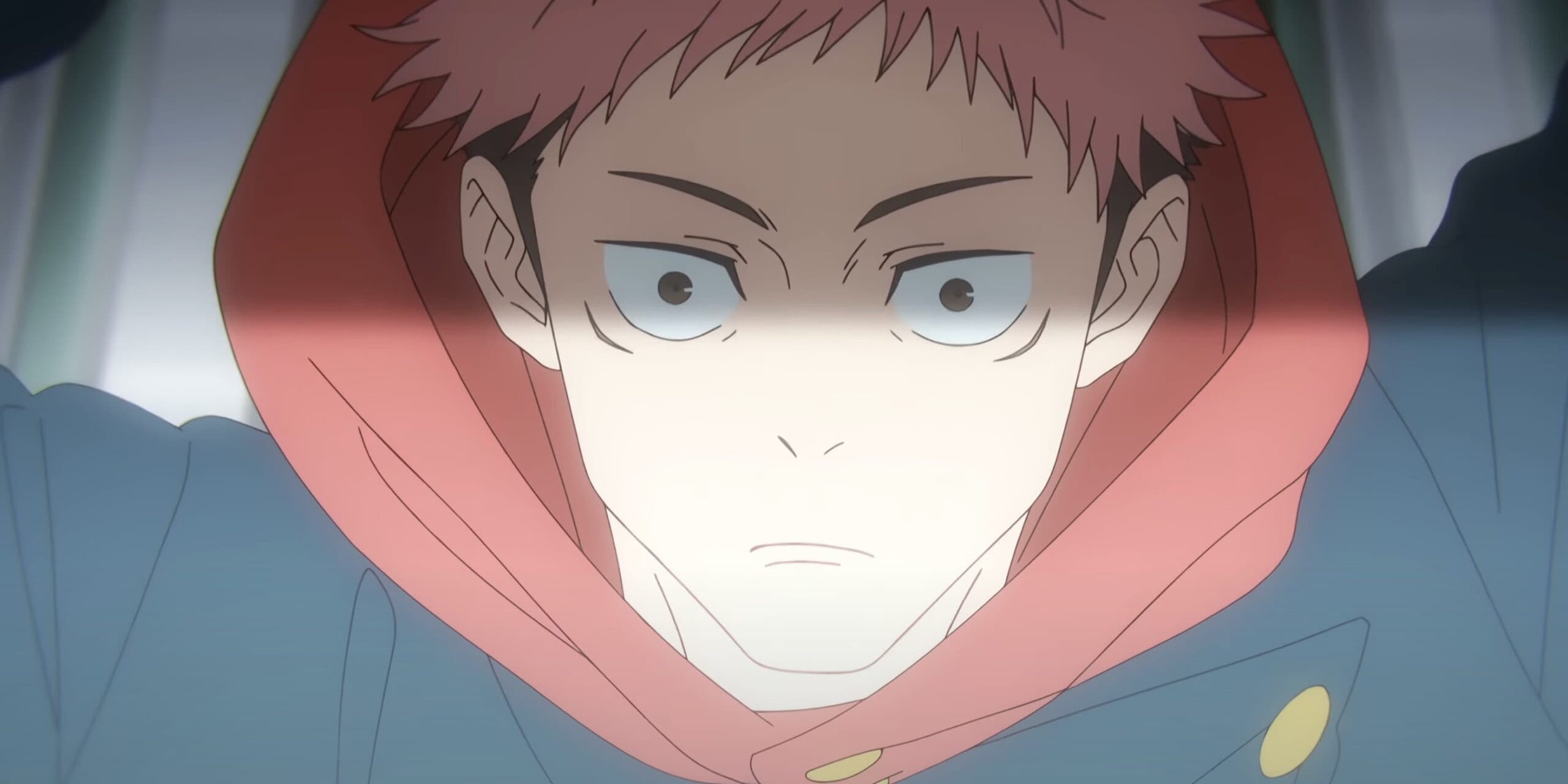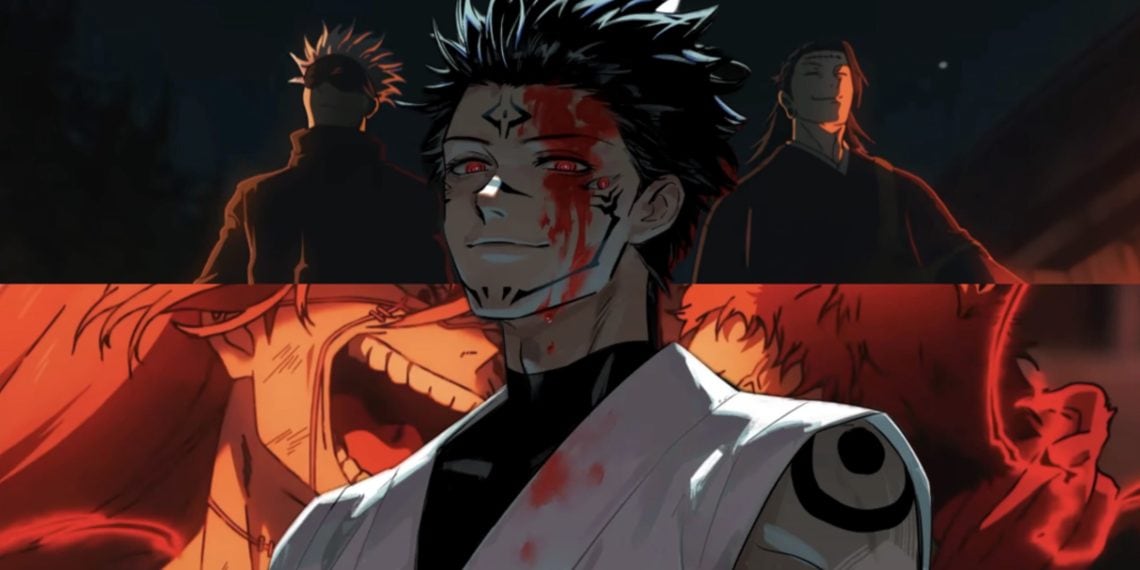A recent report from the Japanese Animation Creators Association (JAniCA) sheds light on a significant concern within the anime industry—contractual issues faced by new animators.
According to JAniCA’s 2023 anime industry report, which surveyed animators about their initial employment contracts, a troubling trend emerged. Out of the 428 animators surveyed, a staggering 21.7% reported that they were not provided with a clear explanation of the terms of their contracts when they first entered the industry.

This lack of clarity left these animators unaware of their rights and vulnerable to potential exploitation, marking the largest proportion of respondents facing this issue.
This finding underscores the importance of ensuring transparency and clarity in employment contracts within the anime industry.
Without a thorough understanding of their contractual terms, animators may find themselves at a disadvantage, unable to assert their rights or negotiate fair compensation for their work.
The implications of this issue extend beyond individual animators to the broader dynamics of the industry.

By addressing the shortcomings in contract transparency and ensuring that animators are fully informed about their rights and obligations, stakeholders can contribute to a more equitable and sustainable anime industry ecosystem.
In response to these findings, JAniCA and other industry stakeholders may consider implementing measures to improve transparency around employment contracts.
This could include providing comprehensive explanations of contractual terms to new animators, offering resources for understanding legal rights and responsibilities and fostering a culture of openness and dialogue between employers and employees.
Scarcity of Permanent Jobs and Contract Dynamics In The Anime Industry
The survey data also shed light on the notable scarcity of permanent job opportunities within the anime industry. The second-largest segment of respondents (18.7%) reported that they were not offered an employee contract upon entering the industry, leaving them with no choice but to accept subcontractor positions instead.

Further analysis of the data revealed various scenarios regarding the type of contracts animators were offered.
Among those hired under employee contracts, a subset deliberately sought out this arrangement (6.5%), while a small percentage (1.2%) opted for employee contracts after considering both employee and contract options.
Additionally, some animators (2.3%) did not engage in negotiations but were presented with both contract types, while others (12.9%) were solely offered employee contracts.
On the subcontractor front, a similar pattern emerged, with some animators actively seeking subcontractor roles (7.7%) and others (1.6%) opting for this arrangement after exploring both options.

Meanwhile, a portion of subcontractors (2.6%) did not negotiate their contract terms but were presented with both employee and subcontractor options. Notably, the largest group (18.7%) reported being exclusively offered subcontracting work.
Jun Arai, a director at Kingdom Animation, recently addressed the issue of scarce permanent job roles in the anime industry. He highlighted the structural constraints faced by animation studios, which often do not own the copyrights to the series they work on.
As a result, these studios cannot afford to maintain a permanent workforce. Instead, larger investors, who hold the copyrights, reap the profits from licensing, events, and Blu-ray sales.
Compounding this issue is the payment structure for animators, who are typically compensated per frame. Shockingly, one animator disclosed receiving a mere $1.47 per drawing.

A significant portion of animators (47.3%) currently operate as freelancers or are self-employed, outnumbering permanent employees (40.5%) in the industry, as indicated by JAniCA’s survey.
These findings underscore the precarious nature of employment for animators in the anime industry and highlight the urgent need for structural reforms to ensure fair compensation and job security for all professionals involved in anime production.
Challenges to Reforming Anime Industry Pay and Practices
Regardless of the widely recognized issue of low pay in the anime industry, where 40% of animators earn less than $16,000 annually, there appears to be a chronic reluctance to instigate change.
Nishii Terumi, chief animation director for “Jujutsu Kaisen 0,” points to the entrenched “anime village” system as a significant factor behind this inertia.
きっと、お隣の業種に知り合い友達がたくさんいたら回避できたんじゃないかなぁ。
情報がないと作品を守れない。— 西位 輝実 NlSHII Terumi (@NishiiTerumi) February 3, 2024
The concept of “village companies,” as elucidated by Shiji Zero, denotes a category of Japanese companies that prioritize harmony over innovative ideas. Decision-making within such entities typically requires unanimous agreement, delaying definitive action.
Given the anime industry’s historical reliance on verbal contracts based on trust, Nishii identifies this aversion to overhaul as a key reason Japanese animators endure inferior salaries and employment conditions compared to their foreign counterparts.

She suggests that what is considered “common sense” is heavily influenced by the prevailing environment.
There is hope, however, that the situation may shift as more animation studios secure copyrights to anime productions. This shift could potentially lead to increased wages and enhanced job security, aligning more closely with standards observed in other countries.
Nevertheless, this optimism is tempered by the proliferation of anime productions, which has led to a surge in demand for animators.
More lower-paid freelance animators are being enlisted to meet this demand, further complicating efforts to improve working conditions.





